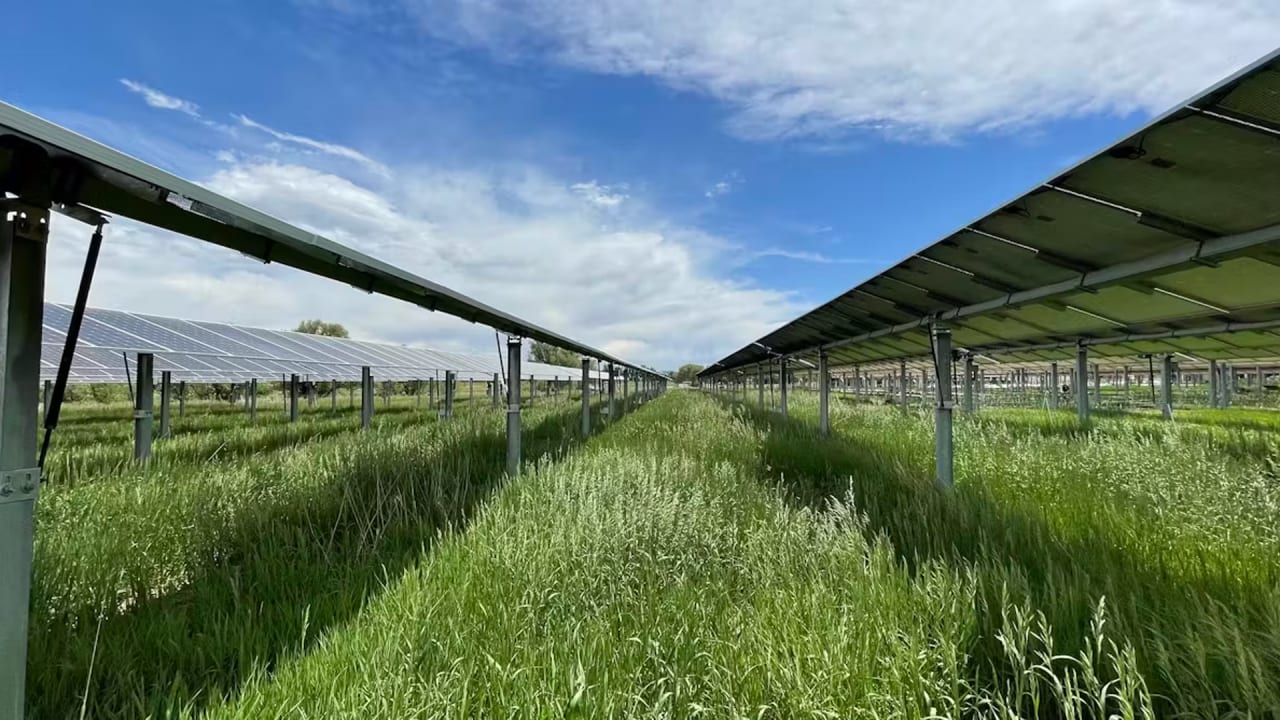I’m a Professional Cake Decorator and I Never Bake Without Cake Strips
A flat, even cake means less waste and less work for you.

We may earn a commission from links on this page.
Putting together a cake might seem straightforward, but it’s so much harder than it looks. Making the “bones” of the cake sturdy is just as important as making the outside look good, and having layers that are domed or topsy-turvy can mess up your cake from the jump. I’ve been a professional cake decorator for 14 years and there’s one tool that makes cake baking so much easier that I no longer bake without them: cake strips.
One thing that used to drive me crazy in commercial kitchens and bakeries is food waste. Some waste is to be expected, but it can become rather extreme. Working as a cake decorator, I would chop off pounds of domed cake tops a day to make flat cake layers. As you might guess, if the layers aren’t flat, the cake won’t be straight. Those tops went straight into the trash.
Cake strips ensure your cakes rise and cook evenly. They reduce irregular humps in your cakes, which means you don’t have to cut anything off and waste it. At roughly five dollars each and with (potentially) years of use, cake strips can save you money and put more cake in your belly.
Why cakes dome on top
If you’ve ever baked cake, muffins, or even cookies, you’ve witnessed the phenomenon of a domed center and browned, short edges. This is to be expected. The batter or dough on the edges, directly in contact with the metal cake pan, heats up and cooks first. With cake, these areas cook and solidify before the leavening agent reaches its maximum potential—thus, shorter edges. The center of the cake takes longer to heat up and so the baking powder or baking soda has a chance to fully activate, rising fully. There’s nothing wrong with this most of the time—muffins get beautiful cracks and pointy tops, and cookies get soft, chewy centers. Cakes, however, with a tall domed top and shorter edges, can complicate things.
Cake strips make better cakes

Cake strips are genius in their simplicity. They’re long pieces of sturdy cotton fabric—sometimes they'll be shiny with a metallic fabric—and they're multiple layers thick. On one end there are two small cotton loops. You use cake strips by soaking them in water and then wrapping them around the outside of round cake pans, securing one end into the cotton loops on the other end, like a belt. This damp cotton strip essentially insulates the edges of the cake pan so they don’t cook as fast, giving the leavening agent plenty of time to fully activate. The cake batter bakes evenly, cooking in the center at the same rate as the outside edges and resulting in a flat cake.
How to use cake strips
I usually drop my cake strips into a bowl of water in the sink and let them soak while I’m preparing the cake batter. Once everything is in the pan and the oven is preheated, I’ll wring out the cake strips (they should be wet but not dripping everywhere) and wrap the cake pans. I take a moment to ensure the strip is pushed all the way up toward the top of the rim. If the cotton touches the oven racks under the pan then you can get a little toasty spot on the cotton. (Light browning over time is to be expected, but rest assured, these cake strips are perfectly safe to use inside of gas or electric ovens.)
I buy these Wilton brand cake strips for about $5 each (they sometimes come in a two-pack for $10). Wilton is a cake brand I’ve used for years and I find them to make consistently reliable products. Most cake strips are built for nine-inch cakes, but there are no rules against piggy-backing your cake strips. I link two strips together to cover 12-inch cake rounds all the time.
While cake strips aren't efficient for large-scale cake operations—wrapping hundreds of cake pans would be too much of a time-suck—they’re excellent for home use or small independent bakery situations. Yes, I’ve replaced working in production bakeries for writing food hacks for you fine folks, but I do make wedding cakes and celebration cakes on a low-production scale. I can honestly say that there’s not one cake that goes in my oven without a cake strip around it.
























































































































































